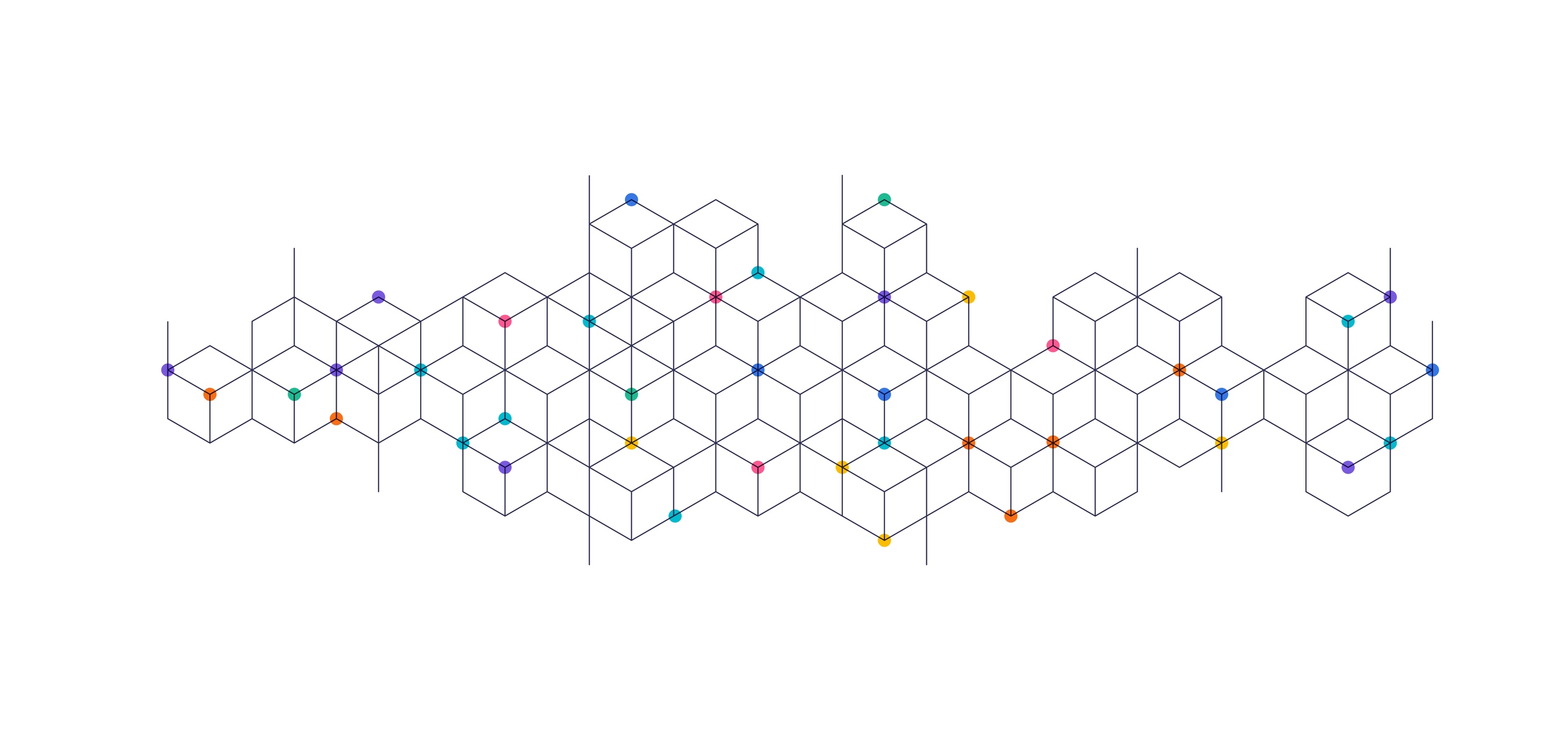In energy and commodity trading, staying within position limits is not just about compliance, it is a core part of managing risk. Yet firms still face a key question: should position limit monitoring use exchange data for real-time visibility, or end-of-day data for complete, reconciled records?
The answer is both. Hybrid position limit monitoring combines real-time exchange data with end-of-day data reconciliation to deliver complete, accurate position visibility. In volatile energy and commodity markets, you cannot wait until end-of-day to understand exposure, and you cannot make decisions on incomplete or outdated data.
Exchange trade data: speed without scope
Exchange intraday data delivers immediacy. As trades execute on CME, ICE, or other venues, exchange feeds send fills and position updates in real time. A trader can receive an alert mid-session and adjust strategy before a breach occurs, avoiding regulatory penalties or forced liquidations at unfavorable prices.
However, exchange data only captures what happens on that specific exchange. In today’s fragmented trading landscape, where positions span multiple venues, products, and asset classes, exchange data represents just one piece of a complex puzzle.
A firm might be within position limits on CME while simultaneously approaching dangerous concentration on ICE, with no single exchange seeing the full picture. Exchange trade data also doesn’t include allocated trades that significantly impact true exposure, nor does it capture give-up trades that transfer positions between accounts. Firms trading related commodity products across multiple exchanges lack aggregated exposure visibility across their entire portfolio.
For energy and commodity trading firms operating across multiple venues and products, exchange-only position limit monitoring provides false confidence.
End-of-day data: comprehensive but late
End-of-day data is the gold standard for trade reconciliation. End-of-day reports consolidate positions across exchanges, include allocated trades and give-ups, and provide the reconciled, official record that regulators care about. For energy and commodity trading firms, end-of-day data is complete, verified, and defensible in audits.
This completeness, however, comes at a price: timeliness. Position limit breaches are identified only after markets close, leaving firms unable to react in time. When end-of-day reports reveal discrepancies, resolving them often requires time-consuming investigation and manual analysis. Traders operate without real-time visibility into available capacity, which can lead to missed opportunities or overly cautious trading. From a compliance standpoint, explaining after-the-fact breaches to regulators is far more difficult than preventing them in the first place.
How hybrid position limit monitoring works
Exchange data and end-of-day data solve different problems. Exchanges answer “what is happening right now?” while end-of-day data answers “what actually happened today?” Energy and commodity trading firms need both answers, but choosing between speed and accuracy results in incomplete oversight. The best approach is a hybrid model that combines both data sets.
During the trading day, the position limit solution captures exchange trades in real-time from CME, ICE, and other venues, aggregates fills, performs ongoing limit calculations, and triggers alerts when thresholds approach. Traders see exposure build and can adjust positions, hedge risk, or manage concentration before limits are breached.
After close, the solution ingests end-of-day data, including allocations and give-ups. It automatically matches intraday data against end-of-day data, reconciles discrepancies, and flags any gaps between what was monitored and what actually happened.
Each data source solves one half of the problem. Hybrid monitoring solves both.
The benefits of hybrid position limit monitoring
Better trading decisions flow from better information. When traders know true exposure across all venues and position types, they can optimize execution, manage capital more efficiently, and make informed decisions about hedging and concentration management.
For compliance teams, instead of discovering breaches after the fact and scrambling to explain them, they can prevent them from occurring. When exceptions do happen, the audit trail from both intraday monitoring and end-of-day reconciliation makes investigation faster and explanations more credible.
Operational efficiency also improves. Automated reconciliation between intraday and end-of-day data eliminates manual comparison work. Discrepancies get flagged immediately rather than emerging during month-end reviews or, worse, during regulatory examinations. The position limits solution does the heavy lifting of aggregating data, calculating complex position limits across multiple dimensions, and ensuring consistency between real-time and official records.
Hybrid position limit monitoring solution
Implementing a hybrid approach manually would be difficult. The data volumes, from CME data, ICE data, and other exchanges, combined with calculation complexity and speed requirements, demand purpose-built technology. BroadPeak’s Position Limits solution is built for hybrid monitoring.
BroadPeak clients do not need separate systems for monitoring and end-of-day reconciliation, nor do they need to build complex integration layers between disparate tools. Instead, they get complete, timely, and accurate position visibility.
Exchange trade data integration
BroadPeak provides integration of exchange feeds, capturing live trade data, continuously updating positions, performing ongoing limit calculations, and triggering alerts when limits are approached or breached.
What sets BroadPeak apart is Atlas, its proprietary data engine that captures exchange position limit data from markets worldwide - millions of data points daily.
Real, authoritative data: BroadPeak’s Position Limits solution does not estimate or simulate limits. Atlas pulls actual, up-to-date position limits published by each exchange, every day.
Fully automated updates: Everything in Atlas is automated, including updates to customers. No manual file imports or spreadsheet maintenance. When exchanges publish new limits, Atlas captures them and all customer position limit reports automatically update.
Centralized control: Given updates flow through Atlas rather than manual files, BroadPeak can quickly issue corrections when exchanges publish errors or clarifications. Every customer’s monitoring gets updated simultaneously.
Dynamic updates: Limits vary by product, expiry, contract type, and participant type. Atlas captures changes automatically as exchanges update them.
Option deltas included: Unlike file-based systems, Atlas provides option delta data essential for calculating futures-equivalent positions accurately across commodity options.
Flexible coverage: As clients request new regimes or exchanges, BroadPeak can add them quickly and cleanly, with no architectural rework.
Handling Complex Position Limit Logic
Exchange position limits are not simple contract counts. They depend on detailed, exchange-specific logic that BroadPeak’s Position Limits solution handles automatically.
Diminishing factors: Some contracts reduce permissible positions as they near expiry. BroadPeak’s Position Limits solution models these dynamic factors accurately based on real exchange rules.
Parent-child groupings: Many exchanges define limits at the product family level (e.g., crude oil including related grades and spreads). BroadPeak aggregates correctly according to the exchange’s specific logic.
Futures-equivalent positions: For option products, exposure is often measured in delta terms rather than contract counts. BroadPeak calculates the futures-equivalent position by combining futures and options into a single, unified exposure metric.
By integrating real limit data and applying correct logic for each exchange, BroadPeak ensures clients measure exposure exactly the way exchanges do.
By integrating real limit data and applying correct logic for each exchange, BroadPeak’s Position Limits solution ensures clients measure exposure exactly the way exchanges do.
End-of-day data
At the end of each trading day, BroadPeak automatically ingests end-of-day data to build a complete, validated record. The system compares this data against intraday exchange trade data to confirm completeness, builds a unified view of cleared exposure across instruments and accounts, and automatically identifies and surfaces any mismatches for review.
This creates a full, reconciled position record suitable for compliance reporting, audit trails, and internal oversight. The automation eliminates manual effort while ensuring nothing falls through the cracks.
The only sustainable path
The debate over exchange versus end-of-day data for position limit monitoring presents a false choice. Energy and commodity trading firms do not need to select between real-time awareness and accuracy, they need both. Hybrid position limit monitoring delivers complete visibility: intraday risk control through real-time exchange trade data from CME, ICE, and other venues, plus end-of-day compliance confidence through automated end-of-day trade reconciliation.
In an environment where regulatory scrutiny intensifies, markets grow more volatile, and trading strategies span an ever-wider array of venues and instruments, half-measures no longer suffice.
Energy and commodity trading firms that thrive will be those that embrace hybrid monitoring.
Learn more about BroadPeak Position Limits →







